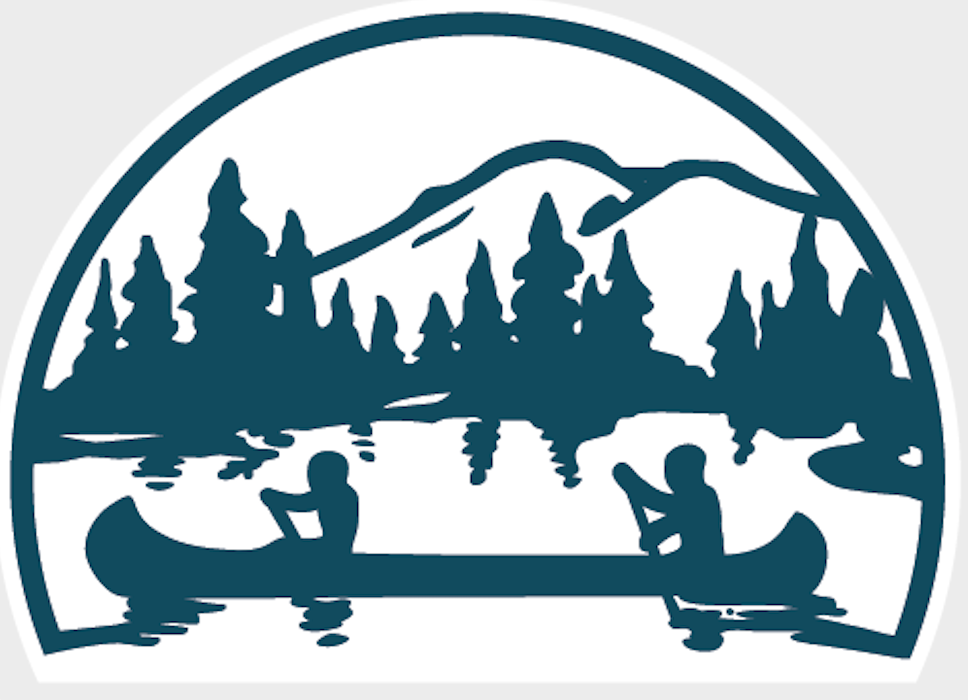I’m serving on an exploratory committee for our municipality, Flat Rock, NC that is studying the feasibility of converting an unsuccessful 55 acre golf course into a public park. If the park becomes a reality I foresee differences in opinion over what the playground “should” look like. Having already heard public comment in which well-intentioned people worry about children playing in the stream or drowning in a pond and the potential liabilities, I worry our new playground might look like the others in town—uninspiring and boring for any kid over the age of three.

Seven years ago we took our then 5, 3 and 2 year olds to New Zealand. We learned playgrounds could be different. My kids thrilled to 200 meter Flying Foxes (Zip lines), 10 meter slides, and climbing towers. The Kiwi mindset was that it was better to injure oneself at age six and thus improve judgment than make poor decisions later in life. When we returned to the States and our Consumer Product Safety Standards, my kids lost all enthusiasm for playgrounds.
As more and more kids fail the Presidential Fitness Test and childhood obesity becomes the new normal, the U.S. mindset on playgrounds is beginning to shift. Mariana Brussoni, a developmental psychologist at the University of British Columbia, suggests risky play ultimately keeps children safer by allowing them to learn how to take and manage risk. Dr. Brussoni cites a study that found those given more free-play time in their youth were more likely to participate in sports and contribute to their community as teenagers and went on to earn greater professional success than children allowed little free play. Ellen Sandseter, an associate professor at Queen Maud University in Norway says “Risky play exposes children to stimuli they may have feared, such as heights. As the child’s coping skills improve, these situations and stimuli may be mastered and no longer feared. It’s important that play environments are as safe as necessary, not as safe as possible,”

It will be my challenge to get people in Flat Rock excited about a different type of playground. Cool new playground designs, mostly emanating from Europe, have the appeal of seeming riskier by allowing participants the real opportunity for a fall. The consequences of falling are minimized, however, through careful design which reduces the potential of a significant injury.
So what does playground design have to do with Camp Pinnacle?
Let’s go to the work of Paul Tough in his fabulous book, How Children Learn. “When you talk today to teachers and administrators at high-achieving high schools, their greatest concern is that their students are so overly protected from adversity, in their homes and at school, that they never develop the crucial ability to overcome real setbacks and in the process to develop strength of character. They certainly work hard; they often experience a great deal of pressure and stress; but in reality, their path through the education system is easier and smoother than it was for any previous generation. But if this new research is right, their schools, their families, and their culture may all be doing them a disservice by not giving them more opportunities to struggle. Overcoming adversity is what produces character. And character, even more than IQ, is what leads to real and lasting success.”
Similar to boring playground equipment, we are dumbing down childhood by over protecting our kids. We may be actually hindering their growth by giving them lives of too much comfort. Our good intentions frequently lead us to rescue our kids from the consequences of their inevitable mistakes. As a parent, I know I am guilty of not giving my kids enough opportunities to learn through adversity.
Camp Pinnacle provides an opportunity which lets children step out of their comfort zone and face some challenge and a little adversity. We ratchet up the perceived risk and let kids face some natural consequences. While days are always fun, they aren’t always easy. As the result of hard work and effort, accomplishment becomes sweeter. After an Camp Pinnacle summer, character, grit and resilience are strengthened. But similar to the fancy European playground equipment, the Camp Pinnacle experience is engineered so that the perceived risk is greater than the actual risk. And that makes a Camp Pinnacle summer easier on us parents.
Sources: The Wall Street Journal, “Playing it Too Safe” by Sumathi Reddy, November 19, 2012
How Children Learn: Grit, Curiosity and the Hidden Power of Character by Paul Tough, 2012
